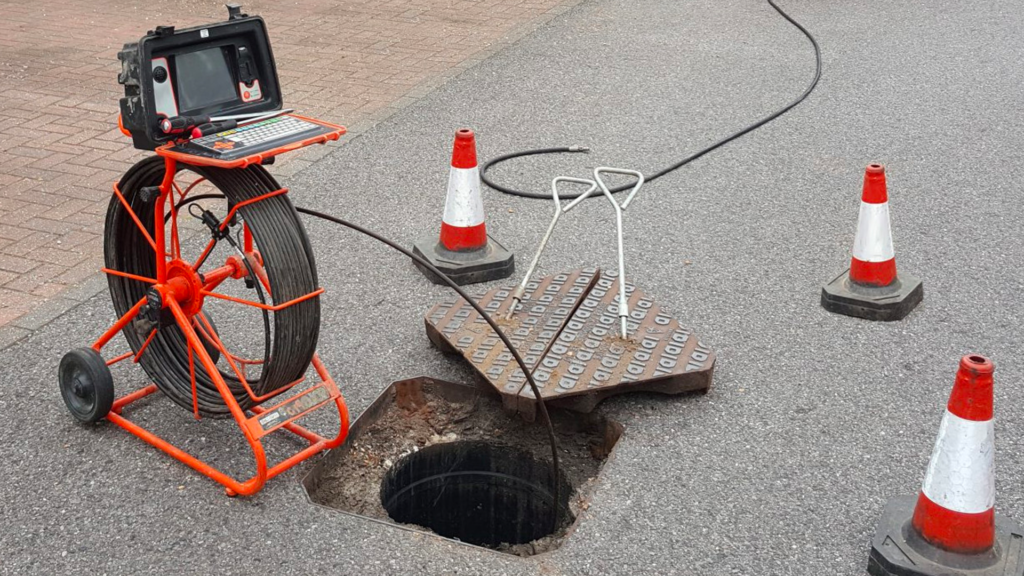Reclaim Waste Fundamentals Explained
Reclaim Waste Fundamentals Explained
Blog Article
Reclaim Waste - Truths
Table of ContentsHow Reclaim Waste can Save You Time, Stress, and Money.The Main Principles Of Reclaim Waste See This Report about Reclaim WasteFacts About Reclaim Waste RevealedGetting My Reclaim Waste To Work
Explore the kinds, incidents, and kinds of fluid waste. Residential sewage waste refers to the waste and items from a property septic tank. This kind of waste is produced by humans in residences, schools, and various other buildings. This only consists of septic storage tanks that have a drain field. The proper management and disposal of domestic sewer waste call for fluid waste to be moved to a sewage therapy plant where the correct methods and tools are related to cleanse and dispose of waste.
Business waste typically consists of potential hazards, such as flammable materials or a combination of liquid and solid waste products, and needs an extra advanced and in-depth disposal procedure. The disposal of commercial waste commonly involves the filtering of waste prior to transportation to make sure safe and correct disposal. Hazardous waste is developed from results and overflow of commercial processes and production.
This type of waste can not make use of the same sewage administration transport or processes as septic or industrial liquids. The hazardous waste administration procedure needs the examination and screening of fluid waste prior to it undertakes the disposal procedure (industrial wastewater treatment). Overflow waste is the liquid waste that comes from overflow and excess stormwater in very populated locations or cities
Drainage waste can create contamination and flooding otherwise dealt with correctly. Find out more about sewage system cleansing and waste monitoring. Making certain correct waste monitoring can protect against calamities and minimize environmental harm. Both individuals in residential setups and professionals in commercial or production industries can gain from recognizing the processes and policies of liquid waste monitoring.
The 7-Minute Rule for Reclaim Waste
Call PROS Solutions today to find out about our waste management and disposal solutions and the appropriate means to take care of the fluid waste you create.
(https://www.domestika.org/en/reclaimwaste1)This so-called 'wastewater' is not only an essential resource however, after therapy, will be released to our land, rivers or the ocean. Utilized water from commodes, showers, baths, kitchen area sinks, washings and industrial procedures is known as wastewater.

water used to cool down equipment or clean plant and devices). Stormwater, a kind of wastewater, is runoff that streams from farming and metropolitan locations such as roofing systems, parks, yards, roadways, paths and rain gutters right into stormwater drains pipes, after rain. Stormwater streams unattended directly to regional creeks or rivers, at some point reaching the ocean.
Some Of Reclaim Waste
In Queensland, many wastewater is treated at sewage treatment plants. Wastewater is delivered from residential or commercial websites via a system of drains and pump stations, referred to as sewerage reticulation, to a sewage treatment plant. City governments build, maintain and operate most sewer therapy plants. Operators are accredited under the Environmental Defense Act 1994 to release cured wastewater at an acceptable environmental standard into waterways.
The Department of Natural Resources suggests city governments concerning handling, operating and maintaining sewerage systems and therapy plants. In unsewered locations, regional governments may call for owners to set up individual or home sewage therapy systems to deal with domestic wastewater from bathrooms, cooking areas, bathrooms and laundries. The Department of Natural Resources authorises using family systems when they are shown to be effective.
In some brand-new communities, therapy of some stormwater to eliminate litter, sand and gravel has begun making use of gross toxin catches. Wastewater therapy takes place in 4 stages: Gets rid of solid issue.
Makes use of little living organisms understands as micro-organisms to damage down and get rid of remaining dissolved wastes and fine bits. Micro-organisms and wastes are included in the sludge.
The Best Strategy To Use For Reclaim Waste
Nutrient removal is not available whatsoever sewage treatment plants because it requires pricey specialist devices. It is coming to be more common in Queensland. Clear liquid effluent produced after treatment might still contain disease-causing micro-organisms. If this effluent is launched right into rivers such as rivers or the sea, the micro-organisms will ultimately die out.

The majority of wastewater flows right into the sewerage system. Under the Act, neighborhood governments carry out approvals and licences for environmentally appropriate activities (ERAs) entailing hop over to here wastewater releases that could have a regional impact.
Getting The Reclaim Waste To Work
Or else, samples are considered research laboratory analysis. Frequently many examinations are required to develop the levels of each of the different contaminants such as oils, heavy steels and chemicals in water. Monitoring provides factual info regarding water high quality and can validate that permit problems are being fulfilled. The details gotten through monitoring offers the basis for making water high quality choices.
Report this page